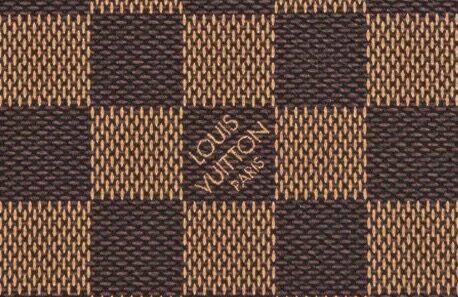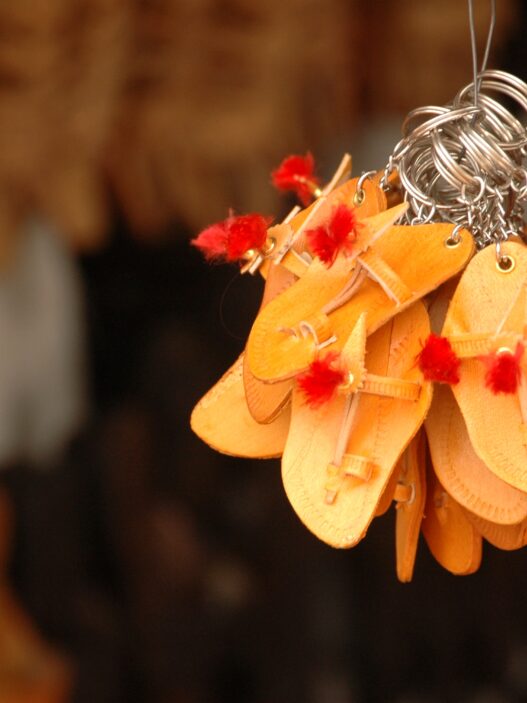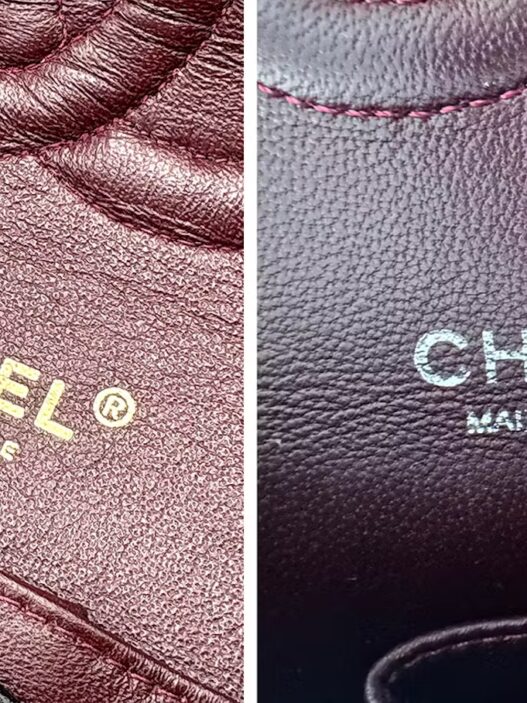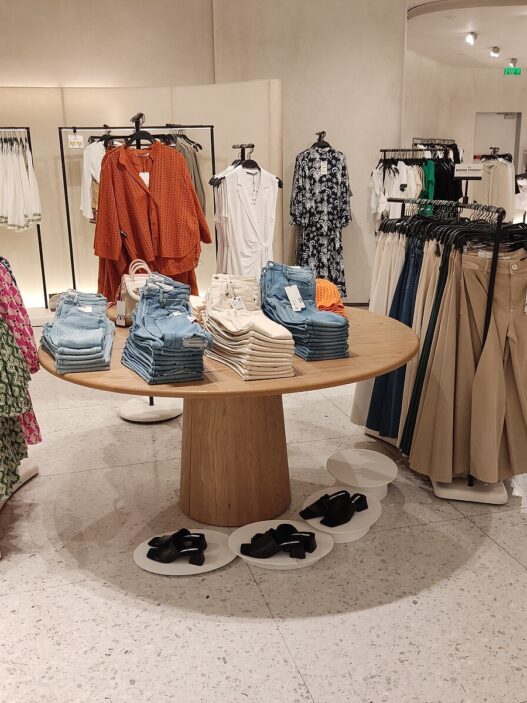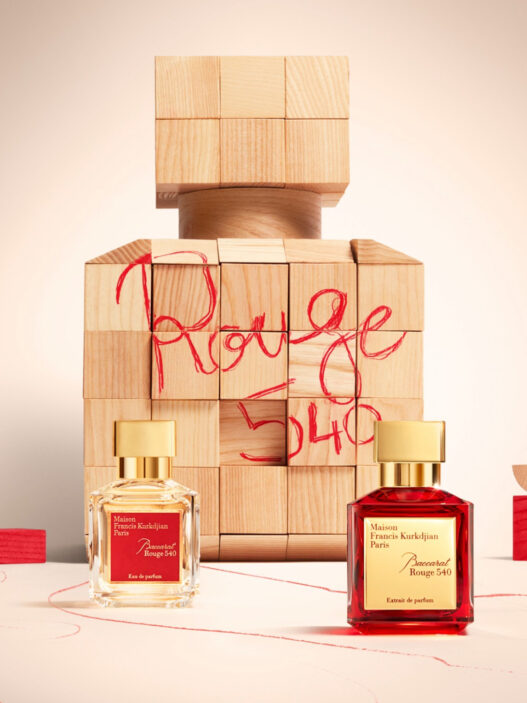How Fashion Brands Are Reinventing Trademark Protection Through Stitching, Shapes, and Style
Introduction: Why Trademarks Are More Than Just Logos in Fashion
In the fashion world, identity is everything. While traditional trademarks such as logos and brand names remain important, many brands now rely on visual signatures such as unique stitching, color accents, patterns, and even silhouettes to stand out. These elements, often referred to as “non-traditional trademarks,” are not merely decorative. They act as powerful source identifiers, capable of distinguishing a brand in a saturated global marketplace.
From the red sole of a Louboutin to the checkered plaid of Burberry, such design elements coined here as “threadmarks” have gained increasing recognition under trademark law. In this article, we explore how fashion houses can legally protect these features, the challenges they face in doing so, and how Indian and international laws are evolving to support broader forms of brand protection.
What Are Non-Traditional Trademarks in Fashion?
Non-traditional trademarks go beyond words and logos. In fashion, these include:
- Color marks: e.g., Louboutin’s red soles.
- Patterns and prints: e.g., Burberry’s iconic check
- Stitching styles: e.g., Levi’s arcuate back-pocket stitch
- Product shapes and silhouettes: e.g., the Hermès Birkin bag
- Position marks: e.g., Levi’s red tab on jeans.
- Packaging: e.g., Tiffany’s signature blue box
These identifiers, when consistently used and uniquely associated with a brand, can build substantial goodwill and are eligible for trademark protection when they meet legal thresholds.
Legal Standards and Challenges in Protecting Non-Traditional Marks
Under India’s Trademarks Act, 1999, a mark must be capable of distinguishing the goods or services of one entity from another. This applies equally to non-traditional elements like shapes, packaging, and colors provided they are not functional or purely aesthetic.
Key Legal Requirements:
- Distinctiveness: The mark must be inherently distinctive or have acquired distinctiveness through use.
- Non-functionality: Features that are essential to the product’s function (e.g., ergonomic design) are typically excluded from trademark protection.
- Graphical representation: The mark must be clearly representable in the trademark application (especially critical for pattern and shape marks).
Common Legal Hurdles:
- High burden of proof for acquired distinctiveness often requiring consumer surveys, sales figures, media mentions, and advertising spend.
- Objections under Section 9 (lack of distinctiveness) or Section 11 (likelihood of confusion).
- Examiners’ conservative approach especially for color and pattern marks that are considered commonplace.
Case Insight: Christian Louboutin v. Van Haren (EU, 2018)
The Court of Justice of the European Union (CJEU) upheld that the red sole of Louboutin’s heels constituted a valid trademark. The court ruled that since the color was used in a specific position and had acquired distinctiveness, it could function as a source identifier.
This case set a significant precedent for non-traditional marks, influencing practices globally including in India.
Enforcement in Practice: From Courts to Customs
Even when non-traditional trademarks are successfully registered, enforcing them can be complex.
India’s Evolving Approach:
In Louis Vuitton Malletier v. Atul Jaggi, the Delhi High Court of India granted an injunction protecting Louis Vuitton’s Damier checkerboard pattern. The court recognized the pattern’s distinctiveness and commercial value even though it was not a word mark or logo.
Enforcement Tools:
- Civil suits for infringement and passing off.
- Criminal enforcement (under anti-counterfeiting laws)
- Customs recordal of registered trademarks for import seizure
- Online takedowns on e-commerce platforms for infringing listings
That said, fashion brands must be initiative-taking regularly monitoring markets, taking swift legal action, and using IP audits to assess risks.
Strategic Tips for Fashion Brands: A Practical Protection Roadmap
Here is a 5-step brand protection strategy for fashion houses looking to safeguard their threadmarks:
- Audit All Brand Assets
Document unique stitching patterns, color applications, trims, and signature elements across collections. Identify what consumers associate most with your brand.
- Secure Registrations in Key Markets
Do not wait for infringers. Register marks (including non-traditional ones) in jurisdictions where your brand is active or plans to expand. Consider the Madrid Protocol for international filings.
- Build a Distinctiveness Dossier
Collect and store proof of use catalogues, influencer endorsements, runway photos, packaging, and digital promotions to help establish acquired distinctiveness.
- Use the Marks Consistently
Apply your threadmarks uniformly across products, platforms, and marketing. Consistency builds consumer recognition and supports enforceability.
- Monitor and Enforce
Set up trademark watches and market scans. Act early whether through cease-and-desist notices, domain name disputes, or infringement suits.
Future Trends and Legal Risks
The future of fashion trademarks lies in technology, digital fashion, and AI-led design. Brands must prepare for:
- Virtual Fashion Protection: Protecting 3D garments in the metaverse and gaming environments.
- AI-Generated Design Disputes: Questions of authorship, originality, and eligibility for protection.
- Sustainability Mark Claims: Color codes (e.g., green trim), eco-symbols, and their misleading use could invite regulatory scrutiny.
- Cross-border Enforcement Complexity: As fashion commerce becomes truly global, enforcement must keep pace especially on marketplaces and social platforms.
Conclusion: Protecting Threadmarks Is a Strategic Necessity
In a competitive and design-driven sector like fashion, distinctive design is your identity. Threadmarks are the visual shorthand of your brand’s story, and they can be just as valuable as your logo or brand name. Courts in India and internationally are increasingly recognizing these elements as protectable intellectual property.
However, successful protection requires foresight, documentation, and legal strategy. Fashion businesses big and small must proactively register, monitor, and enforce non-traditional trademarks to prevent dilution and infringement.
With new challenges on the horizon in digital fashion, the time to future-proof your IP strategy is now.







